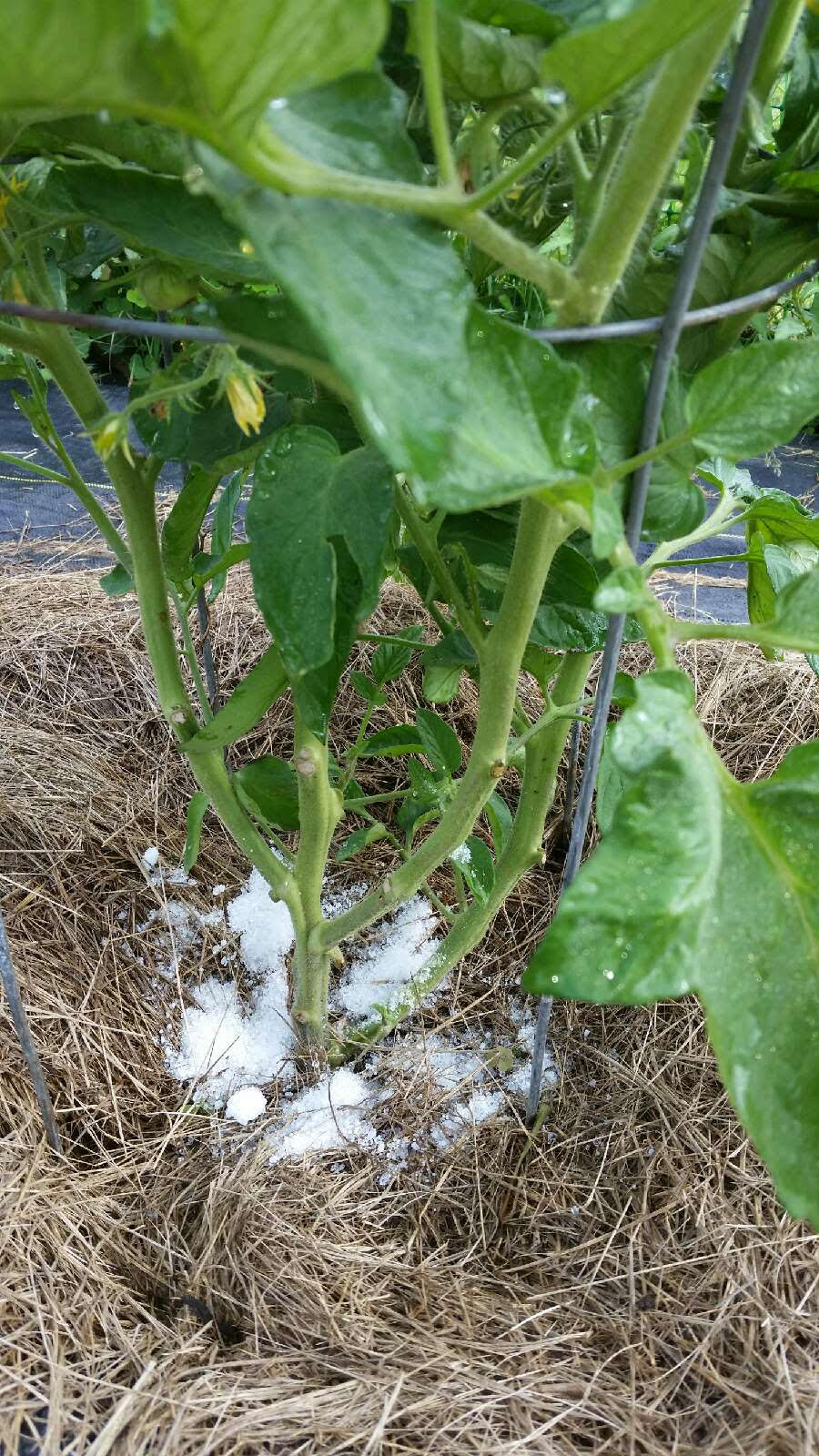What Plants Don't Like Epsom Salt? A Comprehensive Guide
What Plants Don't Like Epsom Salt? A Comprehensive Guide
Blog Article
Learn Regarding the Details Plants That Are Detrimentally Influenced by Epsom Salt Application
Epsom salt, a prominent family solution for different gardening distress, is usually applauded for its useful effects on plant growth. Not all plants respond positively to its application. Comprehending the details plants that can be negatively affected by Epsom salt is essential for any kind of garden enthusiast wanting to maximize their plant care regimen. Roses, tomatoes, rhododendrons, peppers, and azaleas are simply a couple of examples of plants that may not react well to Epsom salt. The reasons behind these unfavorable results and how to mitigate them are vital expertise for keeping a growing yard.
Roses

Roses, specifically conscious adjustments in their atmosphere, can be negatively influenced by the application of Epsom salt. While Epsom salt is generally utilized as a plant food to promote plant development and boost flowering, roses are among the plants that do not react well to its application. The high magnesium content in Epsom salt can disrupt the uptake of other vital nutrients by the rose plants, bring about deficiencies that manifest as yellowing leaves or stunted growth.

Tomatoes
While Epsom salt is commonly proclaimed as a treatment for different plant problems, consisting of bloom end rot in tomatoes, its application can lead to damaging results if not utilized carefully. Extreme Epsom salt, which is magnesium sulfate, can disrupt the delicate nutrient balance required by tomatoes, possibly leading to deficiencies in other crucial nutrients like calcium. When considering the usage of Epsom salt on tomatoes, it is crucial to adhere to advised application prices and soil testing to prevent unintentional repercussions on the total health and productivity of these precious yard plants.
Peppers
Peppers, admired for their numerous colors and levels of spiciness, can show susceptibility to negative impacts from Epsom salt when not applied with care and factor to consider for their particular dietary requirements. what plants don't like epsom salt. Peppers, belonging to the Solanaceae family members, require a fragile balance of nutrients to grow. While Epsom salt is understood to enhance magnesium degrees in plants, too much application can interrupt this equilibrium, causing unfavorable effects on pepper plants
When peppers are subjected to high degrees of magnesium from Epsom salt, it he said can interfere with the plant's ability to take in other necessary nutrients like calcium and potassium. This discrepancy might materialize in signs and symptoms such as fallen leave staining, stunted growth, and minimized fruit production. Additionally, the too much magnesium can change the dirt pH, further intensifying nutrient uptake concerns for peppers.

Rhododendrons
Provided the sensitivity of particular plant types to discrepancies triggered by Epsom salt, it is necessary to take into consideration the influence on Rhododendrons, which also call for certain nutrient degrees to prosper. Rhododendrons are acid-loving plants that favor acidic soil conditions with a pH range between 4.5 and 6.0. Epsom salt, chemically referred to as magnesium sulfate, can modify the soil pH and interfere with the fragile balance of nutrients necessary for Rhododendron wellness.

To keep the ideal development and health and wellness of Rhododendrons, it is important to prevent the unplanned usage of Epsom salt and instead concentrate on offering the particular acidic soil conditions and nutrients that these plants require for thriving.
Azaleas
These prominent flowering plants are typically found in landscapes, parks, and yards due to their elegance and flexibility. While Epsom salt is commonly utilized as a solution for magnesium deficiency in plants, its application to azaleas can have unfavorable impacts.
When Epsom salt is put on azaleas, it can change image source the dirt pH, making it much more acidic. Azaleas choose a little acidic soil conditions, and an extra of magnesium from Epsom salt can disrupt this equilibrium, resulting in nutrient discrepancies and possible poisoning concerns. The incorrect application of Epsom salt can cause stunted development, yellowing of leaves, and general decrease in the health of azaleas. Consequently, it is crucial to be mindful when considering the use of Epsom salt on azaleas to stop any kind of negative effects on these fragile decorative shrubs.
Verdict
Finally, it is crucial to be knowledgeable about the specific plants that can be adversely impacted by the application of Epsom salt. Roses, tomatoes, peppers, azaleas, and rhododendrons are some instances of plants that may not take advantage of Epsom salt and could even endure harm. It is important to study and comprehend the needs of each plant species prior to making use of Epsom salt as a fertilizer to guarantee their wellness and health.
Comprehending the particular plants that can be detrimentally impacted by Epsom salt is crucial for any type of garden enthusiast looking to maximize their plant treatment routine. While Epsom salt is generally used as a fertilizer to promote plant growth and enhance flowering, roses are one of the plants that do not react well to its application.Excessive use of Epsom salt can additionally result in a build-up of salts in the soil, leading to root damage and dehydration of the rose plants. While Epsom salt is understood to improve magnesium levels in plants, excessive application can interrupt this balance, leading to unfavorable effects on pepper plants.
The high salt web content in Epsom salt can likewise dry out Rhododendron roots, creating additional anxiety and damages to the plant. (what plants don't like epsom salt)
Report this page